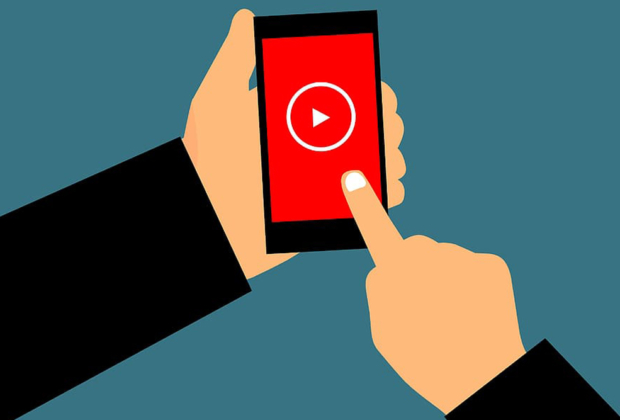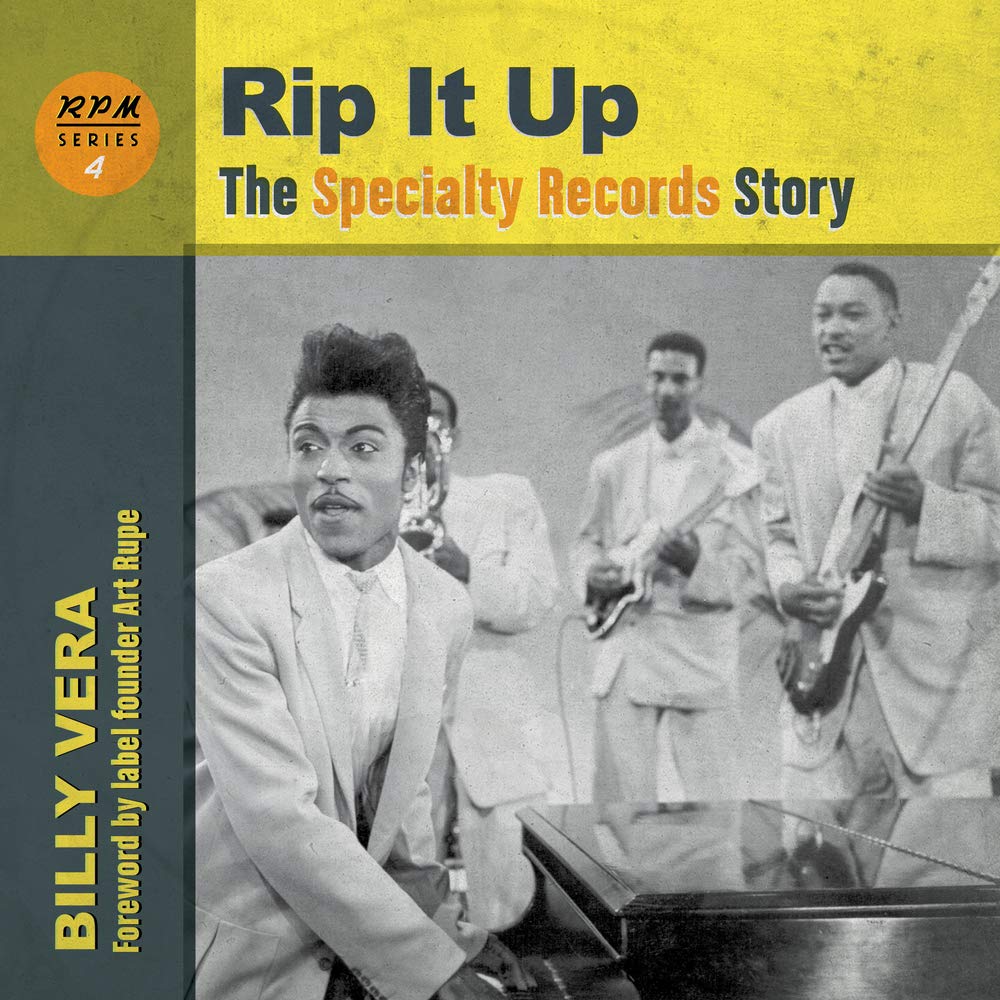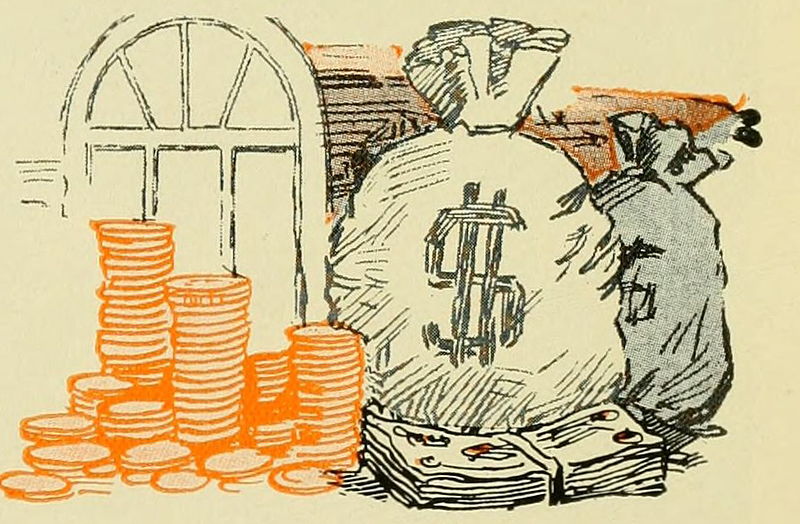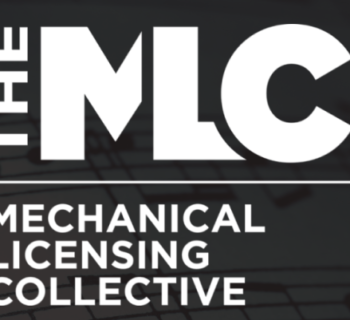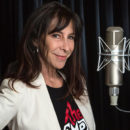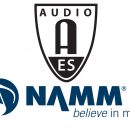The RIAA recently reported that digital streaming now accounts for at least 80 percent of the total revenue generated by the US recorded music industry. As streaming becomes increasingly dominant, the newly emerging and evolving classes of royalties, licensing fees and other income streams available to songwriters, recording artists, musicians and producers can be difficult to navigate, often resulting in significant revenue going uncollected.
To help bring clarity to creatives, Sound Royalties released a comprehensive guide to the royalty and non-royalty income available to music creators. 50 Income Streams Music Creatives Should Know About, And Where to Find Them details this information, with direct links to industry resources, and can be found on our website blog at soundroyalties.com.
As regular readers of Music Connection know, every song is protected by copyrights in two categories: A copyright for the songwriting or composition, and a copyright for the sound recording. Depending on one’s role in the writing, production, performance or recording of any given song or album, an individual may earn royalties in one copyright category or both.
For this article, I’ve pulled highlights from our guide that focus on royalties directly related to streaming. Artists are encouraged to learn as much as possible about the changes underway in our industry effecting publishing and recording copyrights. This is a great place to start.
1. Public Performance Royalties (songwriter) are earned every time a song is played in public, whether on the radio, on TV, streamed online, at live events or in bars and restaurants. These are collected and paid through a PRO like ASCAP, BMI, SESAC or GMR and typically spilt between the song publisher and the songwriter. On the sound recording side of the copyright, recording artists can earn digital performance royalties, but public performance royalties are for songwriters only. If you’re a songwriter, know your PROs—and your publisher or publishing administrator—and learn how these royalty deals work.
2. Digital Performance Royalties (recording artist, producer) are the digital version of the public performance royalties paid to songwriters. As specified in the sound recording copyright, this royalty is paid to the recording artist (and producers who have a negotiated percentage of that copyright) when songs are played on non-interactive platforms like Sirius XM and Pandora. These revenues are collected and paid by SoundExchange, a PRO exclusively for digital performance royalties. Both artists and producers must register with SoundExchange to be eligible for this income stream.
3. Streaming Mechanical Royalties (songwriter), sometimes referred to as “streaming sales,” are paid specifically for songs played by on-demand streaming services like Spotify or Apple Music. These streaming platforms pay licensing fees for the music to agencies such as Harry Fox (in the US), which pays the songwriter. Beginning in 2021, the federally mandated Mechanical Licensing Collective (MLC), created under the Music Modernization Act, will help track and administer streaming royalty payments.
4. Synch Licenses (songwriter and recording artist) generate revenue for music used in films, TV shows,
advertisements, song sampling, video games and other commercial properties. Royalties are paid for both the songwriting copyright and the recording copyright. Songwriters are paid through publishers or administrators and recording artists are either paid through the label or through direct licensing deals for use of the master recording. Streaming platforms such as Netflix and many others have created an unprecedented demand for content resulting in a booming market for synch licensing.
5. Neighboring Rights Royalties (recording artist) are foreign public performance royalties paid either to the sound recording copyright holder, or the recording artist’s label. To collect on these royalties, register with your local collection society and the territories where the recording is performed or broadcasted in public.
6. Producer Points (producer) can be negotiated as part of the sound recording copyright contract based on the producer’s contributions to the recorded track or album. Contracts can be structured for the producer to be paid either by the label, the recording artist or the studio.
7. Writer’s Credit (producer) can also be negotiated by producers who make contributions to the writing or composition of songs. A writer’s credit royalty is part of the songwriter’s publishing deal and is paid through the publisher or publishing administrator.
8. Instrumentalist/Non-Featured Artist (musician/performer) royalties are tracked and collected by SoundExchange and directed to the intellectual property rights distribution fund administered by AFM SAG-AFTRA. When a recording hits a predetermined sales plateau in the US, five percent of the digital performance royalties are paid out to non-royalty artists. Very often, producers don’t realize that they are the instrumentalists on their own tracks.
9. YouTube Revenue (recording artist) can be generated by YouTube Royalties and the YouTube Partner Program. YouTube Royalties are paid by YouTube based on the number of streams and use content ID. The Partner Program is shared advertising revenue paid to the artist when they qualify and sign up as an official partner.
10. Royalty Financing (songwriter, recording artist, producer, musician) typically refers to a capital advance secured against future royalty earnings. As streaming and related royalties expand, artists can scale their careers by funding new creative projects, distributing new content to digital platforms, and generating more royalty-based revenue. The Sound Royalties financing model is based solely on future royalty income and does not require copyrights to be leveraged as collateral.
The Sound Royalties guide to music royalties and revenue is designed to help all music professionals flourish and sustain their careers. It is meant to be a living document that will be updated with the most current information available. Suggested additions or changes to the chart can be emailed to us at [email protected] to help provide creatives with the best possible resources as the music industry evolves.

